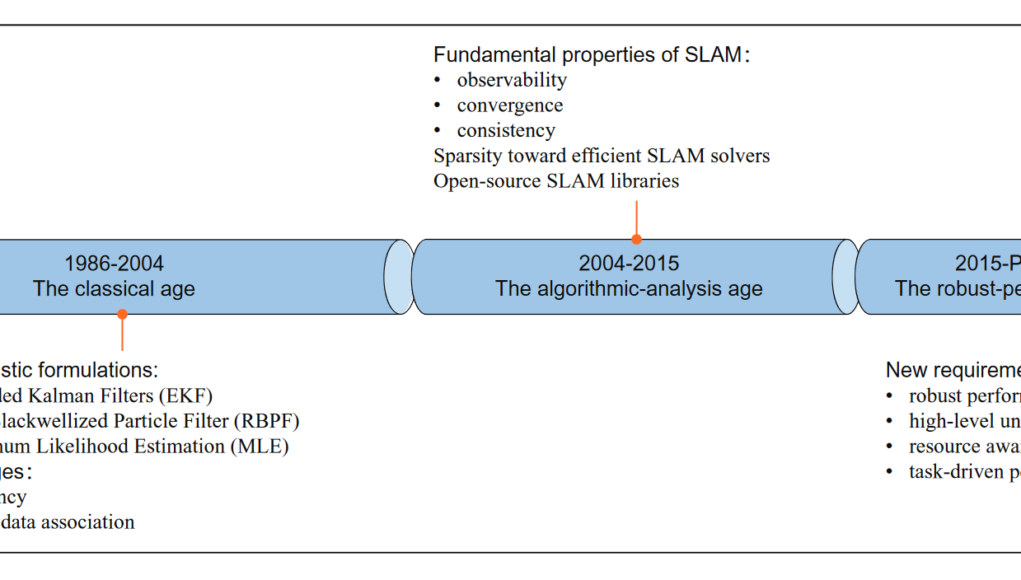Last Updated on April 17, 2024 by Umer Malik
Data Observability is the process of identifying patterns and capturing information from data interactions. It is critical for organizations to avoid siloed data and ensure visibility across the organization. Data observability is enabled by logging activities, components, and data. It is essential for organizations to create a single metadata repository for all data.
Observability of data pipelines
Data observability is important for organizations because it helps them monitor and maintain the quality and health of their data. As data volumes continue to grow, it is crucial for businesses of all sizes to have high-quality data that can be analyzed and used for decision-making. Without data observability, organizations run the risk of data silos and are unable to collaborate across departments and organizations.
Data observability is about gaining end-to-end visibility into your data pipelines. By identifying problems before they happen, data observability prevents costly data downtime. Data observability also helps identify which data assets can be deprecated and which data is still useful. Many data observability solutions include data catalogs, which are rich and comprehensive representations of data assets. They also provide detailed information about the data’s lineage, schema, freshness, volume, and users’ queries.
In order to implement data observability, companies must ensure the quality of data at every step of the pipeline. Data pipelines should have metrics to help them understand where data goes, how it gets there, and when it arrives at the destination. This allows users to correlate metrics with log data and narrow down their search for the underlying cause. In addition, data observability enables users to verify the data’s reliability.
To be effective in data observability, organizations must use a data observability tool that integrates AIOps, data quality, and infrastructure. An appropriate tool should have an intuitive interface, be easy to integrate, and require less up-front work.
Automated data observability tools
Automated Data Observabilitytools are a great way to increase your organization’s data visibility and prevent problems before they occur. These tools are often embedded with machine learning models that automate data curation and processing. They can also help identify security incidents and other anomalies. In addition, these tools can increase your organization’s efficiency by identifying the key resources and dependencies of your data.
When implementing data observability in your organization, you’ll want to make sure you have an easy way to integrate all of your systems. Some organizations have a difficult time doing this, as they have a variety of data models. In fact, most organizations maintain an average of 400 data sources.
Data observability is critical for enterprises because it allows them to track the entire data pipeline and make informed decisions. Without it, organizations only get a snapshot of the data at a single point in time, making it impossible to diagnose problems, identify patterns, and develop insights. Data observability helps organizations maximize their ROI by ensuring their data is of high quality and accessible at all times.
Cost of data observability tools
Data observability tools have many advantages for modern companies. They allow companies to monitor the quality of their data across their entire tech stack. In addition, they can help them reduce the time and costs associated with managing their data. Observability tools can help your business manage your data more effectively and control costs. These tools can help you improve data quality and compliance. Here are three reasons why your business should consider investing in data observability tools.
New Relic: New Relic is a cloud-based data observability platform that can analyze your software stack. It supports auto-instrumentation of eight popular programming languages, and helps you connect application performance with infrastructure health. It can also help you troubleshoot problems quickly. A free tier offers 100GB of data per month. After that, a paid plan costs $0.30 per GB.
InfluxDB: InfluxDB is a time-series database, a type of observability solution. It’s available as open source and in the cloud via DBaaS and Enterprise options. Elastic Observability: Developed by the makers of Elasticsearch, Elastic Observability is an open source observability tool designed to combine logs and metrics in one stack. It enables monitoring and APM based on Opbeat traces.
Data observability tools help organizations understand how their data is being used. These tools integrate across data stacks and use machine learning to detect anomalous behavior and alert the appropriate people. As a result, they improve trust between stakeholders, increase transparency, and reduce time-to-identify data problems.
Apart from this, if you are interested to know more about Data Extraction System in Business Sector then visit our Business category













